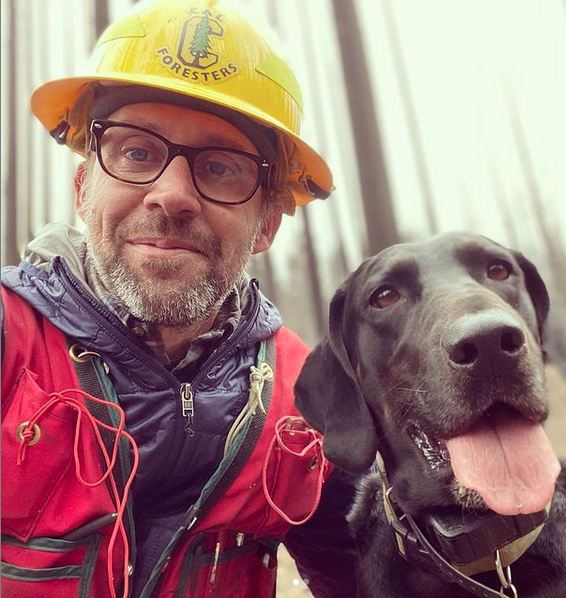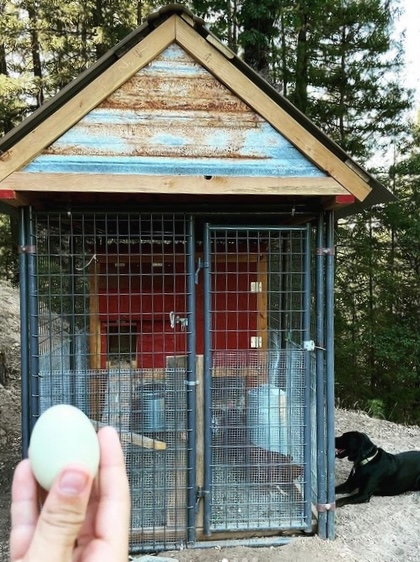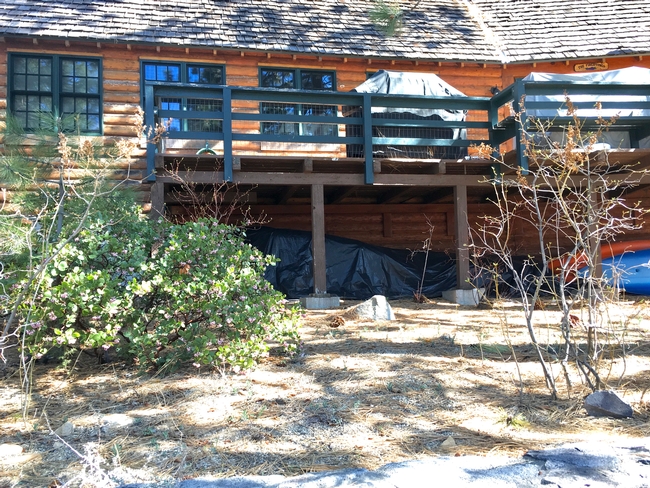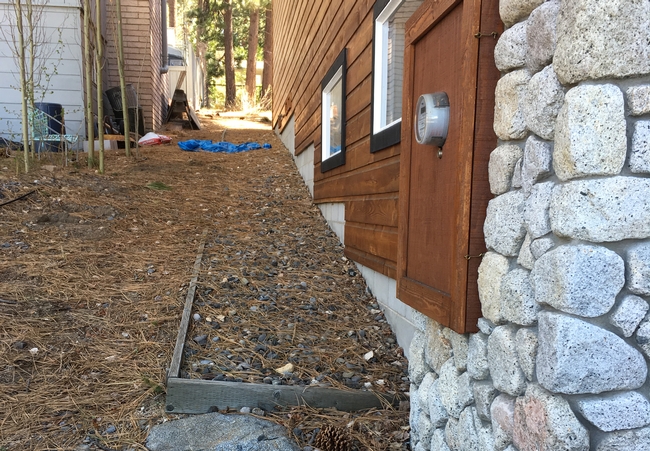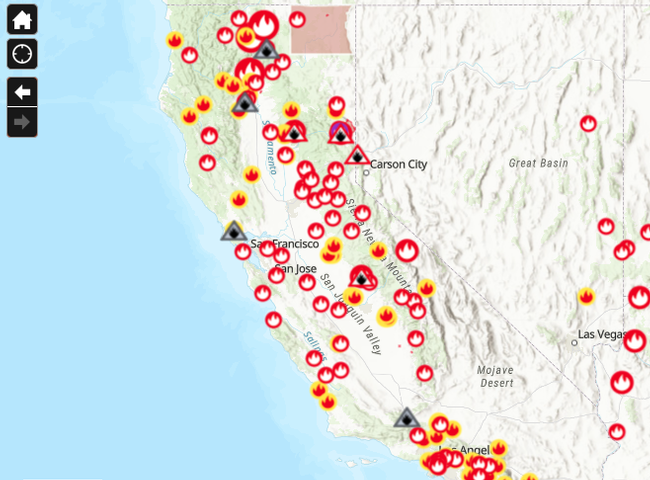Small steps can help homes survive wildfire
As the Beckwourth Complex Fire and Dixie Fire spread in Plumas and Lassen counties, Ryan Tompkins reminded residents of ways they could help limit damage.
“If you're under evacuation orders, abide by the evacuation notice, because lingering too long can complicate tactics of emergency responders,” said the University of California Cooperative Extension forestry and natural resources advisor, who recommends packing up important documents and valuables with an overnight bag in advance for a quick exit to safety.
Plan for pets and livestock and water access for a quick response to falling embers that ignite fires. The Plumas County resident said he packed a “go bag” for his dog filled with dog food and other necessities. Every year, Tompkins clears defensible space around his house, including defensible space around his chicken coop in case a fire starts while he isn't home. During wildfire season, he keeps a shovel and a backpack sprayer filled with water staged near his woodshed for easy retrieval if a fire were to start in his yard. If Tompkins needs to evacuate, he switches his circuit box to his generator so any firefighters performing structure triage can access his well water when the power grid shuts down.
To document possessions for insurance purposes if the house burns, Tompkins recommends shooting video. “Just walk through the house with your phone shooting video and narrating to document the household assets.”
Residents outside of the wildfire evacuation area can take more steps to improve the odds their homes will survive a wildfire.
Even with fire imminent, there are several actions you can do to help prepare your home to withstand fire exposure. UC Cooperative Extension guidance can help residents prepare their home in the days or hours before wildfire exposure.
If you believe you have at least a couple of hours before fire exposure, review the area around your home and outbuildings for flammable items that could lead fire to the structures, said Yana Valachovic, UC Cooperative Extension forestry advisor in Humboldt and Del Norte counties.
She recommends the following:
- Move combustible items inside or away from the buildings, especially within the first 5 feet of any structure or attached deck
- Clean gutters and other places where pine needles and leaves accumulate on or near the house
- Move BBQ propane tanks away from structures
- Bring in cushions from outside furniture
- Move doormats away from the house
- Seal vents (attic, foundation, drier, etc.) with plywood or heavy foil to prevent embers from entering
- Close all windows and pet doors
“The goal is to remove combustible items away from structures so that embers don't ignite these materials and result in flames touching the house,” Valachovic said. “Temporarily sealing up vents can help prevent embers, or small bits of burning vegetation, from being blown inside the home.”
If first responders get to your home, Valachovic says you can help them by leaving a ladder against the house, placing buckets or garbage cans of water around the home, and leaving connected garden hoses in easy-to-locate places. Also, leave out a shovel or other tool that could be used to put out small spot fires.
“After you have packed your essentials and your go bag, dress for the evacuation by wearing cotton or wool clothing, a hat, boots, bandanna or mask to protect your nose and mouth, and pack leather gloves,” she said. “These items will help you be prepared if you have to get out of your vehicle or move fallen trees during your escape to safety. Additionally, it may be helpful to pack a shovel, digging bar, chainsaw, or other tools just in case your evacuation route gets blocked.”
As you evacuate, Valachovic suggests leaving gates open or unlocked so first responders can access your property.
If time allows, turn on the lights in your house to increase visibility and leave a note on the door indicating where you went and who is with you. These instructions can help you reunite with your loved ones.
Thinking through these steps and implementing them if fire is near can help your home and your family survive wildfire. For more evacuation guidance, visit https://ucanr.edu/sites/fire/Safety/Evacuation.
If you have more time to prepare for wildfires, UC Cooperative Extension provides more information at https://ucanr.edu/sites/fire/Prepare, including a fire map and tips for home hardening and defensible space strategies.
How to Harden Homes against Wildfire, a free 20-page publication by University of Nevada, Reno Extension, UC Cooperative Extension, Tahoe Resource Conservation District and CAL FIRE is also available online at http://ucanr.edu/HomeRetrofitGuide. It includes recommendations for 12 vulnerable components of homes in wildfire-prone areas, including roofs, gutters, vents, siding, windows, decks and fences.

